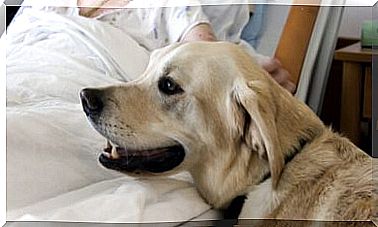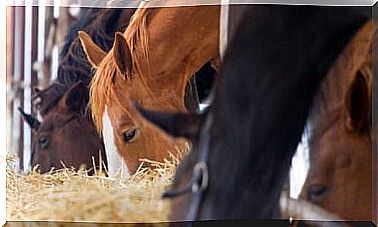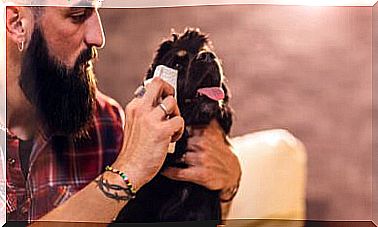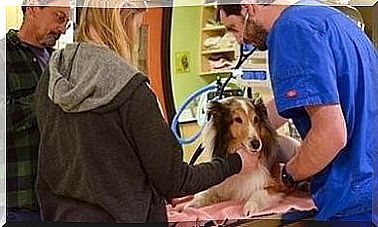Curiosities About The Dog’s Paws

It is common that to understand what your dog wants to tell you, you resort to interpreting the gestures of his eyes, the movements of his ears or his tail. However, did you know that there are other parts of your body that can give you a lot of information? We tell you some curiosities about the dog’s legs.
Whether they are slim and graceful, athletic, or muscular, your dog’s paws are, in addition to an important source of information, a fascinating display of adaptation.
What parts make up the dog’s hands?
The dog’s hands are made up of several parts. Although it is not essential to know, we will tell you how they are formed so that you have more information. The legs are made up of five parts:
- Claws or nails.
- Digital pads, or fingers in the softest part.
- metacarpal pad, which would correspond to our palm.
- Spur or inner finger.
- Carpal pad, which is that extra pad on the front legs that works as a brake.
The front and rear legs of the dog are different. The hind legs are made up of the femur, fibula, tibia, tarsus (heel bone), metatarsal (bone between the tarsus and phalanges) and phalanges.
For their part, the front legs are made up of the humerus, radius, ulna, carpus, metacarpus and phalanges on the fingers.
In addition to these bones, the legs of dogs are made up of skin, tendons, ligaments, muscles, veins and connective tissues.
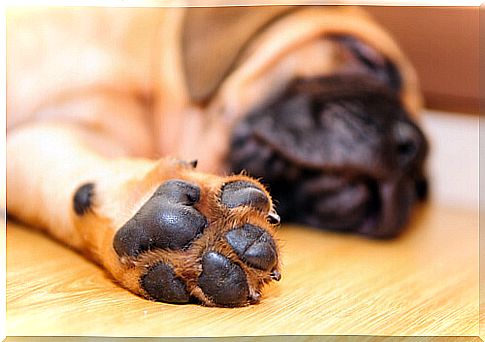
Pad operation
Both the pads located at the height of the fingers, as the metacarpus serve the dog to cushion blows and falls, protecting the bones and joints of the leg. The carpal pads serve as a brake as well as a point of balance on slippery slopes.
The pads located on the sole of the dog’s paw have a fatty tissue that insulates the inner layers of the paw from heat. Because of this, they can withstand hot surfaces a bit, but do not abuse, they can still burn and cause painful wounds.
Curiosities about the legs
The paws of dogs have the peculiarity that, when the dog comes into contact with a cold surface, the blood inside the paw also cools. To avoid freezing, this blood is transferred to other warmer areas of the body.
Due to this curiosity, the scientific community proposes that dogs evolved from colder climates before spreading to warmer areas.
Likewise, the skin on the paw is much thicker and rougher than any other area of the dog’s body. Therefore, it will always keep you protected while walking on rough or uneven surfaces. The softness of the dog’s pads is determined by the kinds of surfaces the dog frequently comes into contact with.
However, despite the fact that a pad has calluses, this is still a sensitive area of the dog and through it dogs obtain different information on the ground.

The legs also contain sweat glands, which allow the dog to perspire through them. In this way, the dog stabilizes the body heat a bit, in addition to preventing the legs from cracking.
Dewclaws are sometimes removed through surgery, but opinions on the need for this treatment are divided. These are believed to be remnants of thumbs, however dogs use them to improve their traction and when digging, as well as giving them a better grip on things they like to chew on.
Be that as it may, your dog’s paws are a real treasure for them, as they help them maintain balance and move normally. It will never hurt to pay attention to this area, just as you would to its skin, fur, or teeth.




